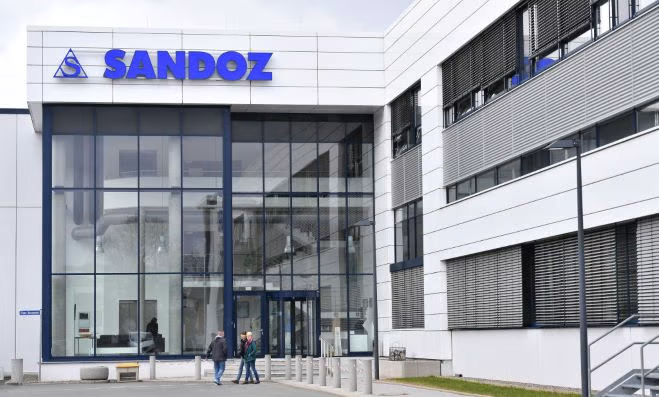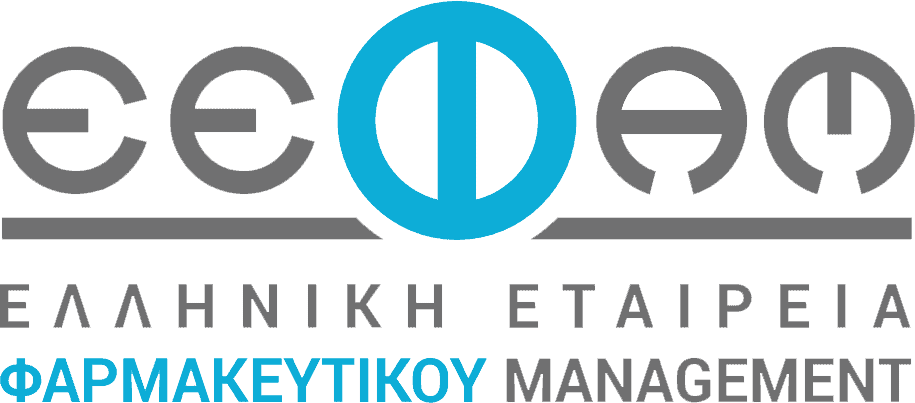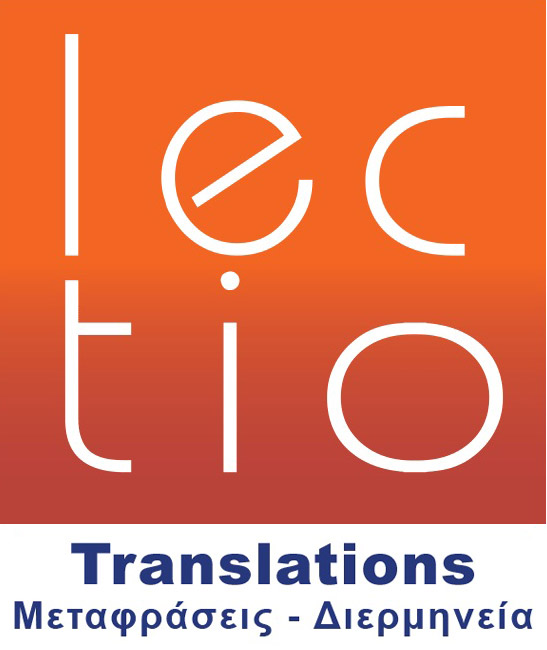Blog
Blog
Novartis CEO says rising energy costs are ‘not a topic of concern’ for generics unit Sandoz

Generics unit Sandoz had 4% sales growth in the third quarter, matching the overall revenue increase for its parent company Novartis
In September, a trade group representing generic drug manufacturers in Europe cautioned (PDF) of dire consequences from a confluence of events, including the pandemic, the Ukraine conflict and the soaring costs of energy, transportation and raw materials.
But, less than a month later, the world’s second-largest generics player by revenue, Novartis’ Sandoz unit, brushed off the gloom and doom on its home continent.
“It’s not a topic of concern,” Novartis CEO Vas Narasimhan, M.D., said in a conference call as the company reported its third-quarter earnings.
Rising energy costs can be offset by efficiency measures, Narasimhan said, so the company expects to continue to provide drugs to all markets, worldwide and in Europe.
“We believe we have built adequate contingency plans for energy to ensure our plants are adequately supplied and similarly are able to offset inflation through productivity measures,” Narasimhan said.
In August, Novartis said it would spin Sandoz off into a publicly traded, standalone business sometime in 2023, allowing the company to fully focus on its more profitable innovative medicines business.
In the third quarter, however, Sandoz did its part as its 4% sales growth matched (PDF) the overall revenue increase for Novartis. For the first nine months of the year, Sandoz’s sales were up 6%, compared with 5% for the company overall.
Still being under the umbrella of powerhouse Novartis gives Sandoz plenty of cover, the CEO admitted.
“I could imagine that more broadly in the generic sector, this could be very challenging as the winter comes,” Narasimhan said. “So, we’ll have to see how things evolve.”
Four weeks ago, Medicines for Europe asked the EU to recognize the essential role generic drugs play and to lower energy costs for the sector, because companies are prohibited from raising prices in Europe due to its reference pricing system.
Πηγή: fiercepharma.com





